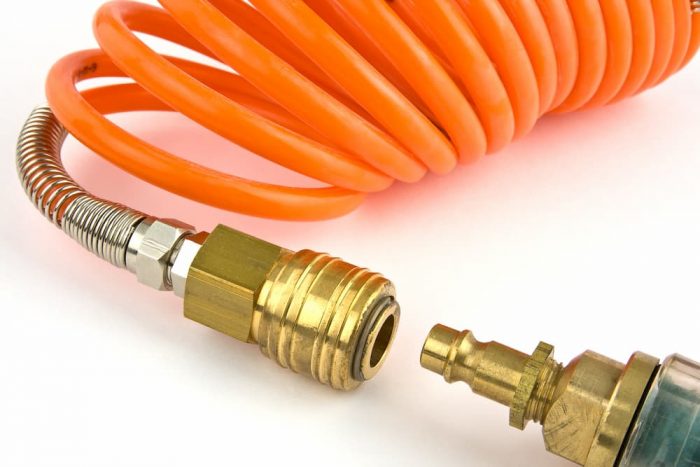Air gaging is similar to mechanical gaging in several ways, e.g., they are best used in dry, clean, and tight conditions. Although air gages are more reliable and durable than mechanical gages, it does not mean they don’t need scheduled maintenance. This means that air supply vigilance and proper tooling maintenance is required to enhance air gaging accuracy. Below are some tips on air supply and tooling maintenance to help you achieve the best possible results:
Check
for Balance Errors
Balance
error tests are often performed by first rotating the air
tooling to allow the jets to be mounted vertically.
The master is then placed on the plug, and if done correctly, it will rest on
the top jets and note the reading. Remember to lift the master so that it restricts
the lower jet as well. Oftentimes, the two-jet air plugs will automatically
balance themselves (one jet will be closer to the workpiece than the other). If
you notice one of the orifices or jets is worn or damaged, it means that the
test has demonstrated that the gage cannot maintain that balance.
Because
plug gages contact the workpiece across a broad surface area, they tend to be
pretty durable. This, however, does not mean one can ignore the possibility of
poor balance or lack of centralization. It is important to perform these tests
as part of one’s annual gage calibration plan.
Be
Mindful of the Air Supply
The
process of compressing air is known to produce moisture. As compressors also
need to stay constantly lubricated, oil mist is often found in the line as well.
That’s why shop air is significantly difficult to keep dry and clean. When
water mixes with oil, these elements act as an abrasive and can cause premature
part wear over time. With that in mind, avoid letting air continuously run
unless it becomes necessary to do so. This is a good way to prevent mist from
entering the gage and damaging the jets.
To
keep air supply quality in check, it is recommended that one employs proper air-line
design that intercepts moisture before it enters the meter. Consider pitching
down the air main lines from the source by installing a proper trap on the end;
placing filter in operating gages; bleeding air lines before they are connected
to the gages; and taking air from the top of the mains.
Inspect
for Signs of Wear
Although
air gaging does not involve metal-to-metal contact between the workpiece and
gage component, air gage tooling typically makes contact with the workpiece and
may show signs of wear after repeated use. To inspect for wear, below are some
simple steps to follow:
- Secure the gage with the jets in horizontal
position. - Place a master on the plug, release it, and
take the reading. - Steadily raise the master until it contacts
the plug’s lower surface. - If the readout moves from one chord (through
the maximum diameter) to another, it means that the plug is worn. - If the reading exceeds the part tolerance by
10 percent or more, it means that there is excessive wear.





